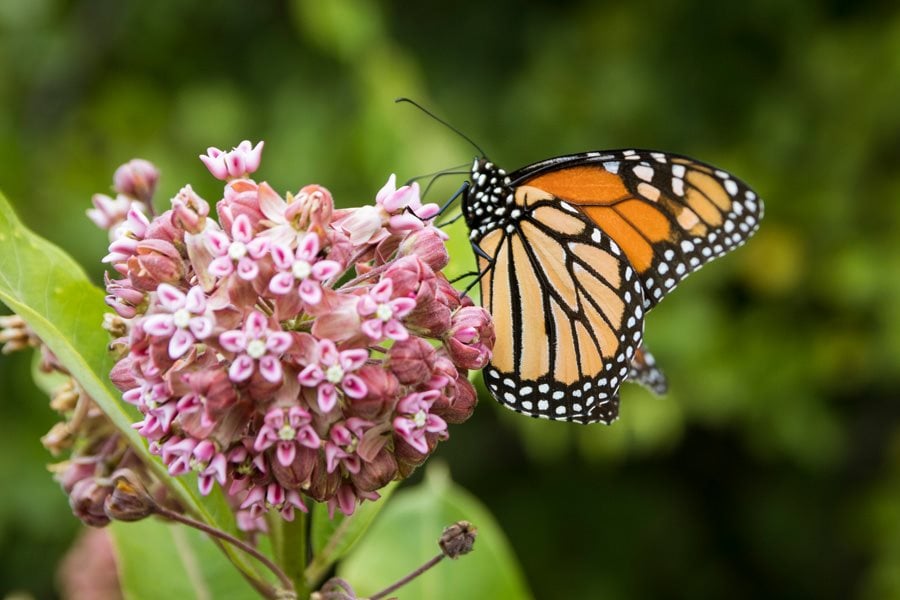Endangered Species Blog 2
Monarch Butterfly
The monarch is an orange butterfly with a wingspan of 3.5-4 inches. What makes it different from butterflies are its prominent dark veins and two rows of white spots outlining the wings. With their population declining from about 10 million in the 1980s, their population in 2021 estimated to only be 1,914. This is a decline of 99.9% since the 1980s.
Monarch caterpillars need milkweeds as host plants. These plants provide toxins to protect them from predators. Adult monarchs rest in trees near bodies of water and feed on nectar from flowers. The majority of monarchs migrate from Mexico to Canada. During their migration in the summer, they breed in the U.S. and southern Canada. They migrate back to Mexico for winter.
Monarch Butterflies are pollinators. As they migrate they pollinate so that ecosystems can thrive. If they were to go extinct, many plants and ecosystems would suffer along with the food we eat. On top of that, the bird population would decline because monarchs are a food source for them.
As stated above, monarchs need milkweeds as caterpillars to get the nutrients it needs to grow. A big reason these butterflies are endangered is because of the pesticides we use to kill off milkweeds. This leaves the caterpillars vulnerable. Other reasons why their population is declining includes climate change, overuse of pesticides, habitat loss, and lack of overwintering sites.
To conserve these beautiful insects, the Xerces Society, government agencies, partner organizations, and communities are working across the U.S to protect and restore what the monarchs lost. More specifically, they are providing workshops and educational resources along with conducting research to raise awareness and conserve and grow their population. One way a geographer can aid in conserving monarchs is tagging some to track where they migrate to if their normal habitats are lost.
How you can help:
- limit use of pesticides
- let milkweeds grow/plant them
- plant native flowers
- volunteer for habitat restoration projects
- diversify your plant - builds and ecosystem
Sources:
https://www.biologicaldiversity.org/species/invertebrates/monarch_butterfly/natural_history.html#:~:text=DESCRIPTION%3A%20The%20monarch%20is%20a,about%203.5%20to%204%20inches)
https://www.nationalgeographic.com/animals/article/monarch-butterflies-are-now-an-endangered-species
https://monarchjointventure.org/monarch-biology/monarch-migration#:~:text=Monarchs%20that%20spend%20the%20summer,Diego%20County%20in%20the%20South.
https://xerces.org/monarchs#:~:text=The%20Xerces%20Society%2C%20government%20agencies,and%20conduct%20research%E2%80%94including%20facilitating





Comments
Post a Comment